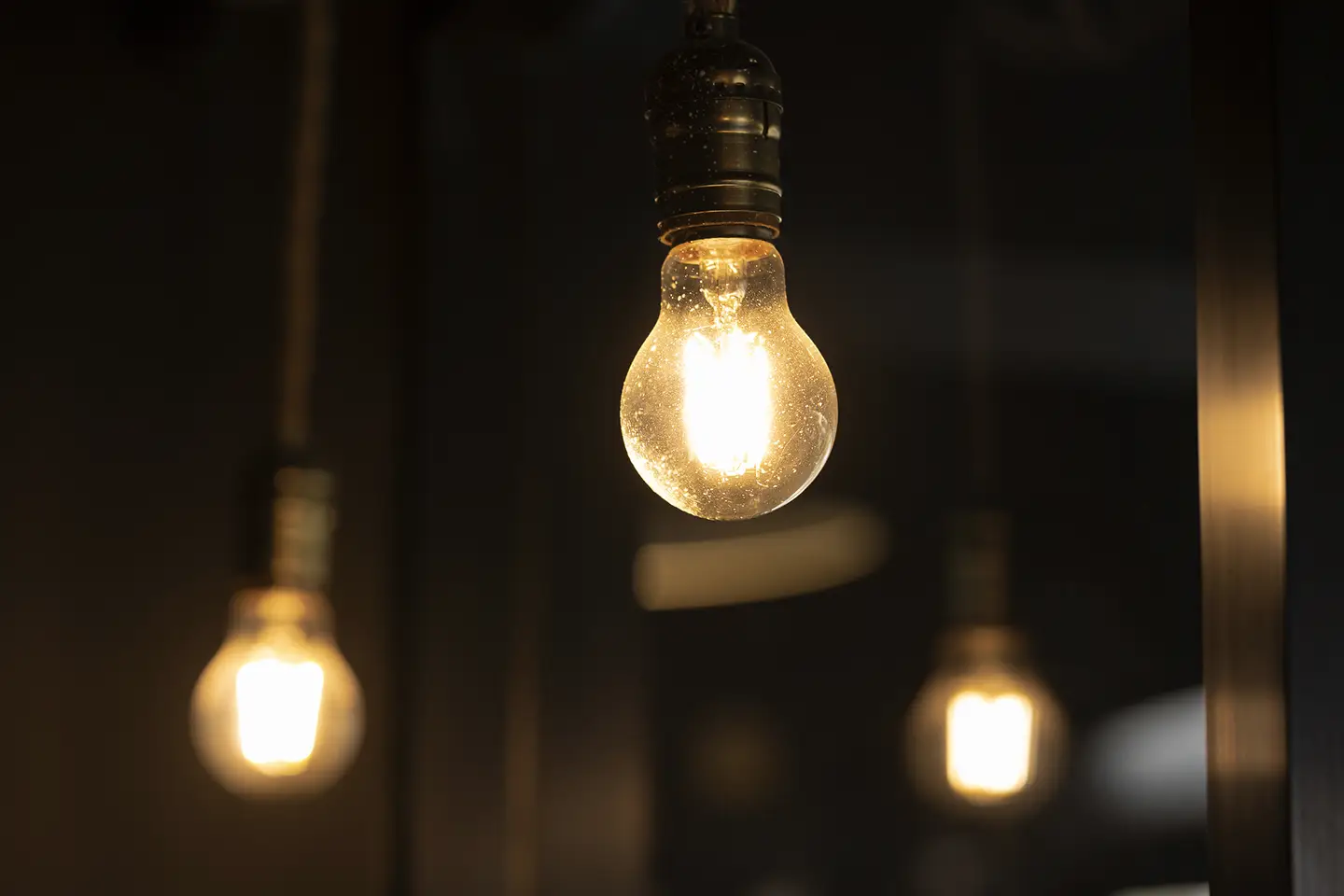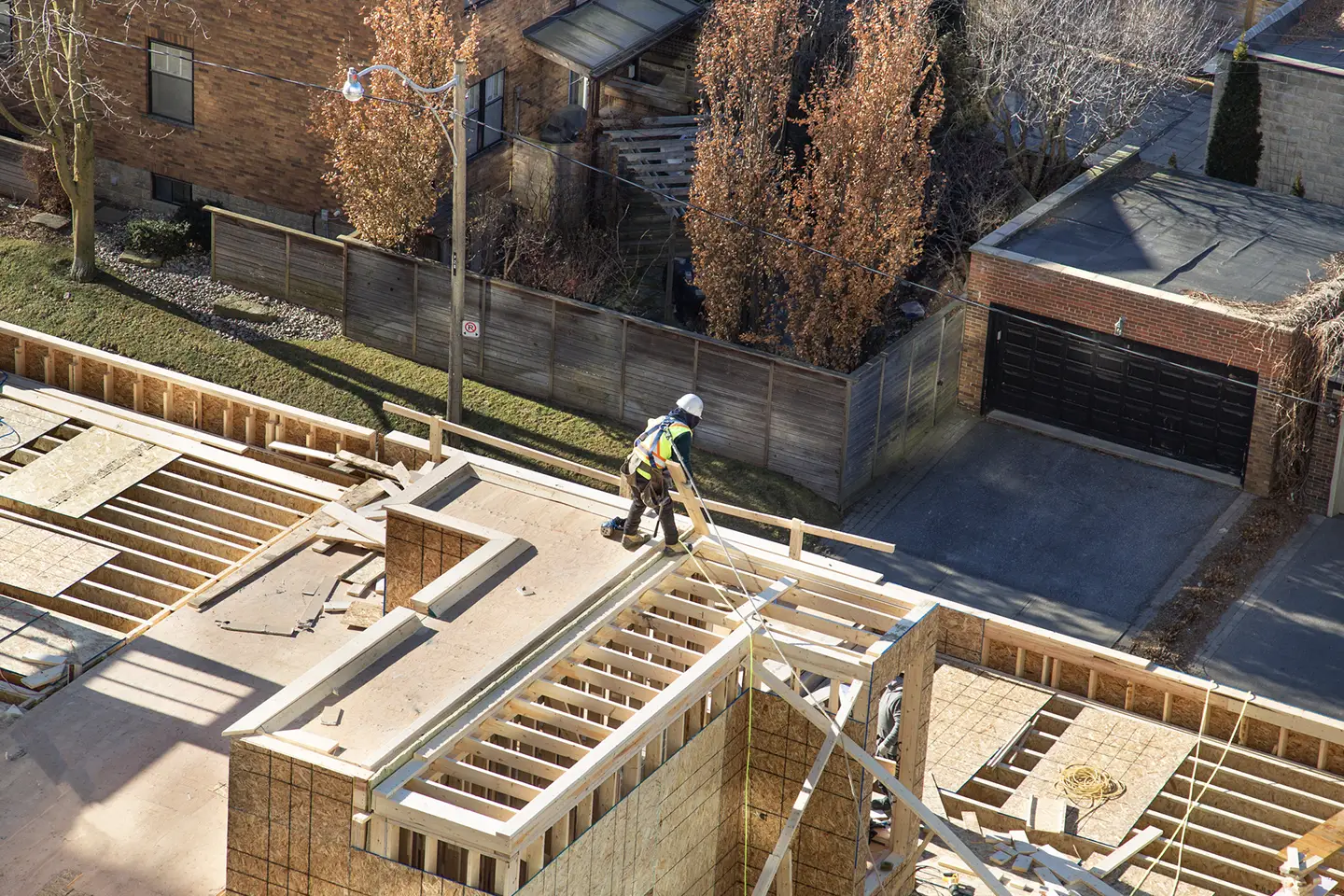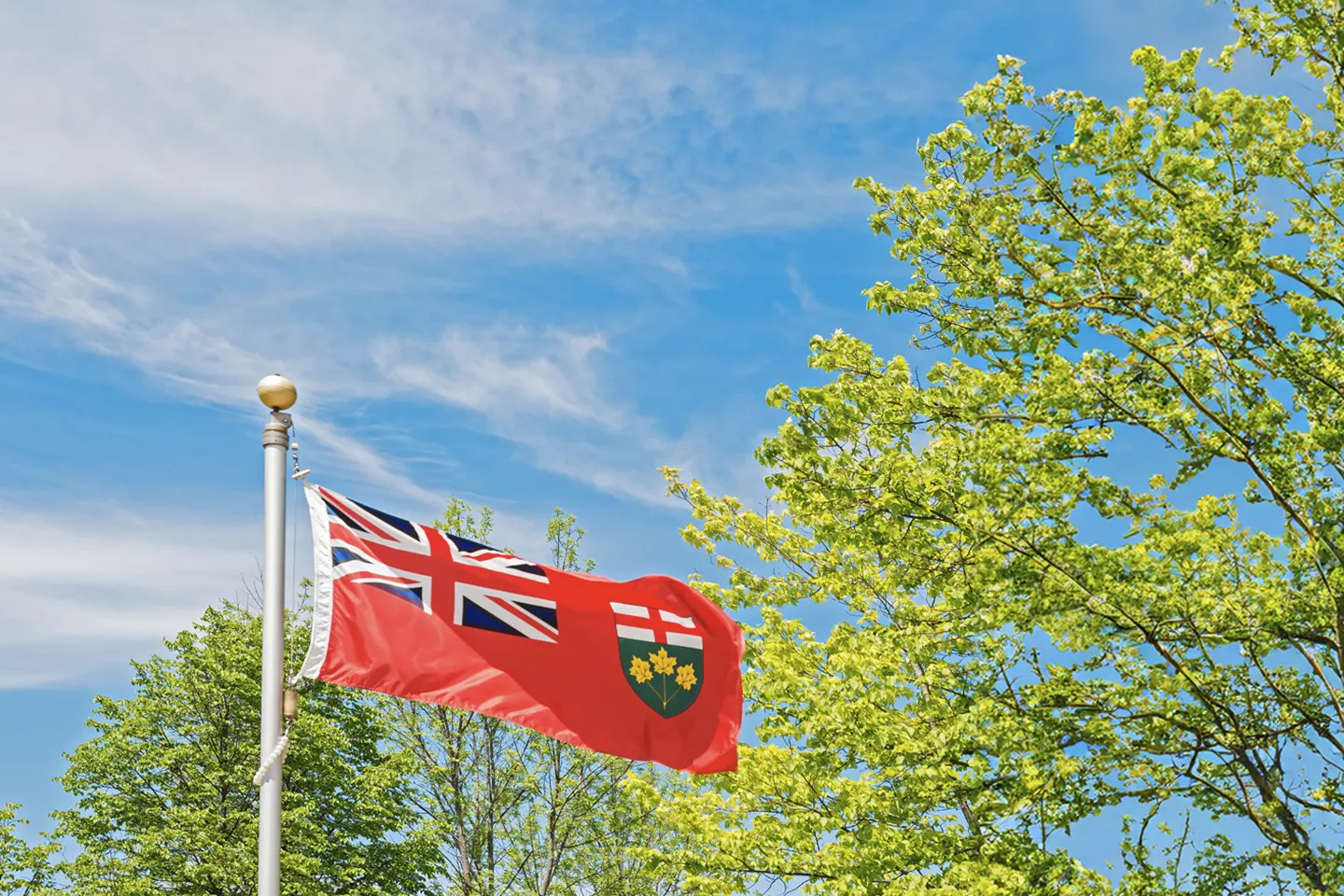Launch of $200 Million Low Carbon Economy Fund Call for Proposals for Emissions Reductions Projects

Today, Environment & Climate Change Minister Steven Guilbeault announced the launch of a call for proposals for the Low Carbon Economy Fund, Champions Stream, with $200 million in funding for GHG emissions-reducing projects. Projects will be evaluated on the basis of emissions reduced per federal dollar invested.
Funding Per Project & Eligible Recipients
Applicants can request between $1 million and $25 million in funding for eligible project expenditures, with cost-share ranging from 25% to 75% of total project costs depending on the recipient type.
Eligible recipients and breakdown of maximum federal share for specific recipients is as follows:
- 25% for for-profit private sector businesses
- 40% for regional/local/municipal governments
- 40% for not-for-profit organizations
- 50% for provincial governments/bodies/boards
- 75% for territorial governments/bodies/boards
- 75% for Indigenous communities and organizations
Key Criteria
The primary merit criterium is a project’s GHG emissions reductions achieved per federal dollar invested, and it is assessed under two considerations; (1) Annual reductions achieved in the year 2030 per federal dollar invested, and; (2) Cumulative reductions over the lifetime (to 2050) of the project per federal dollar invested. Further, emissions reductions must be:
- to sources of emissions controlled by the applicant or project partner (direct) and/or to grid electricity emissions (acquired)
- beyond what is required by existing regulations, standards, or codes and ongoing work by project proponents (incremental)
- directly and immediately the result of activities funded by the program.
Projects involving the generation of electricity or production of low-carbon fuels are eligible if primarily for own-use and not for market sale. A majority (over 50%) of the energy produced by project assets must be used within the applicant’s own operations (and/or that of an identified participating organization). For electricity generation, electricity consumption must be at the same site as the generation asset(s) (i.e., “behind-the-meter” or “behind-the-fence”). Net-metering arrangements can be considered “own-use” as long as all other criteria are met.
Additional Requirements
Projects must demonstrate capacity to make use of commercially available technology and provide a confirmed project location.
Ineligible activities include: projects consisting of primarily construction of new buildings, electricity transmission and distribution infrastructure, district energy systems for new constructions, fuel transportation infrastructure, LED lights retrofits, enhancing carbon sequestration, transit infrastructure, amongst others.
Activities that are required to satisfy existing standards or regulations for energy, GHG emissions, or air pollution performance requirements are also ineligible.
Application Process
- January 27, 2022: Open for Expressions of Interest
- March 25, 2022: Deadline for Expressions of Interest
- May 2022: Invitation to submit Formal Proposal (or notification of ineligibility)
- Fall 2022: Final funding decisions
- Project completion: No later than March 2025
Next Steps
The actionable item here is to evaluate potential projects to put forward. The program provides generous grants for new projects able to demonstrate value in emissions reductions per dollar invested. Project scope and location must be identified and submitted via submission of an Expression of Interest by March 25, 2022.


